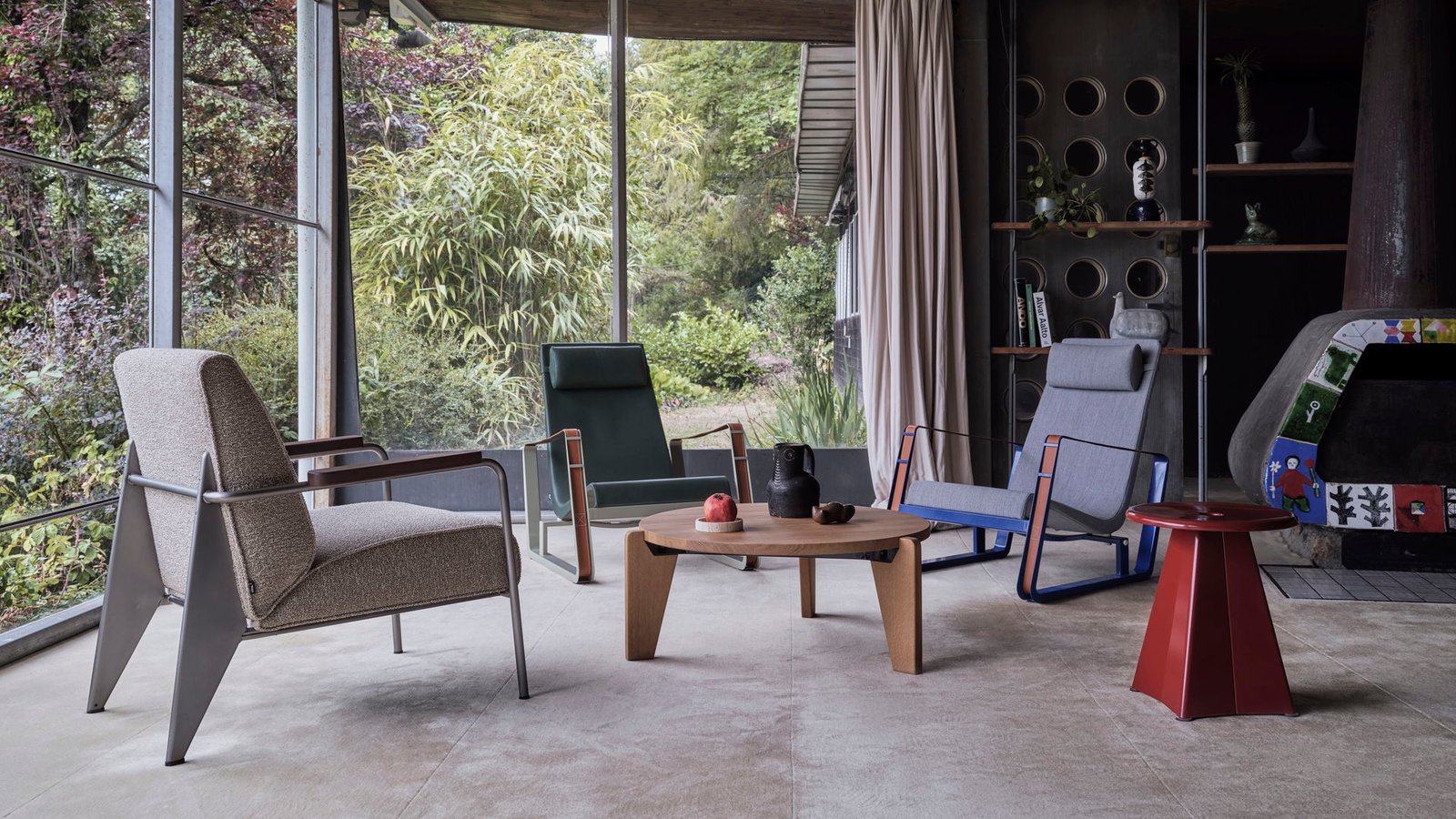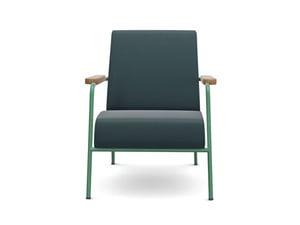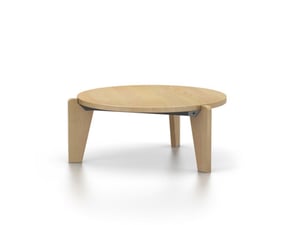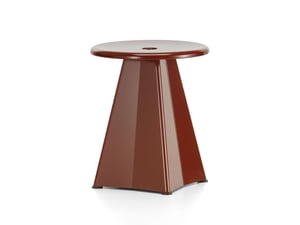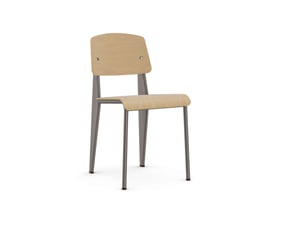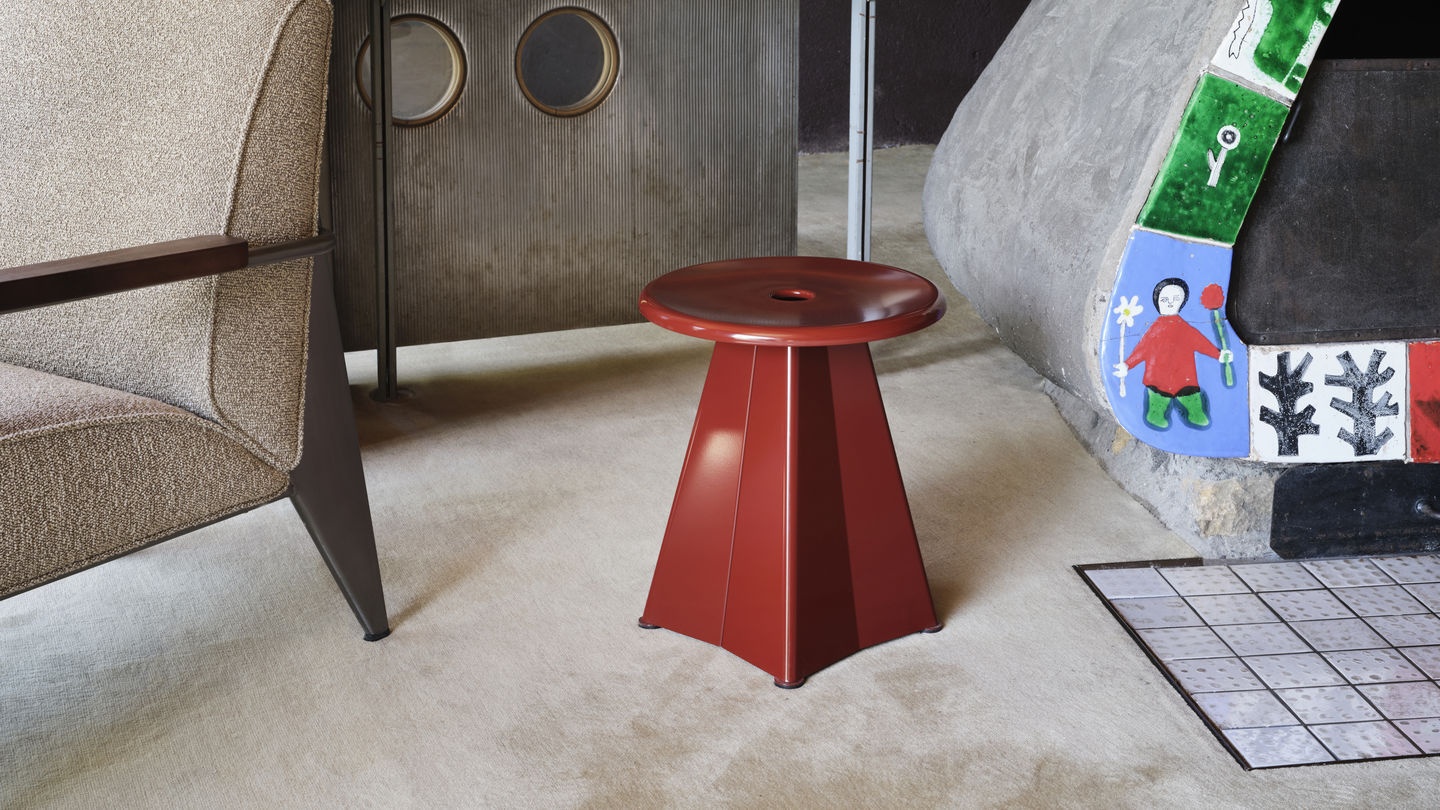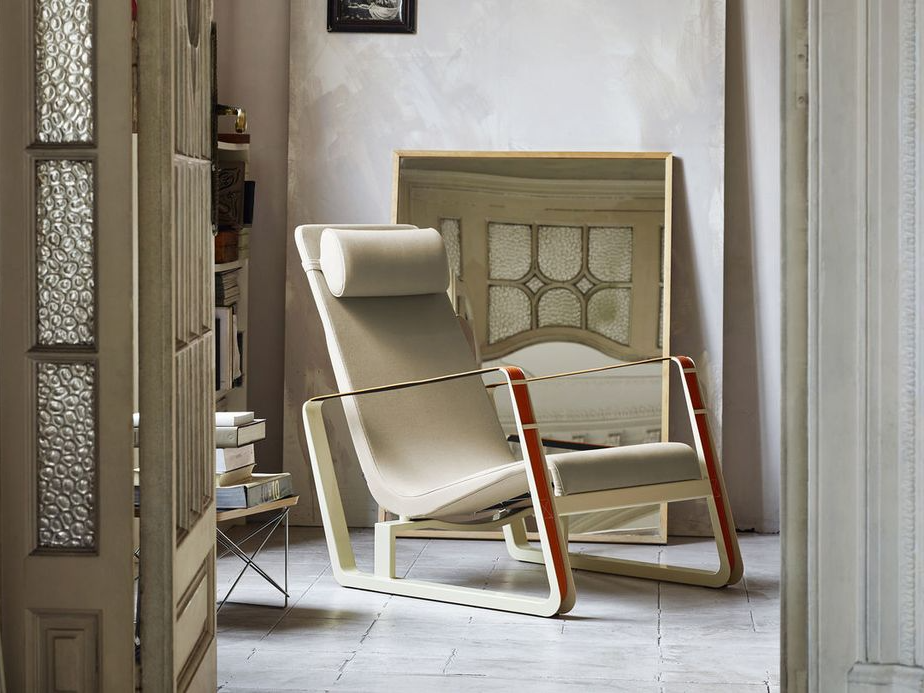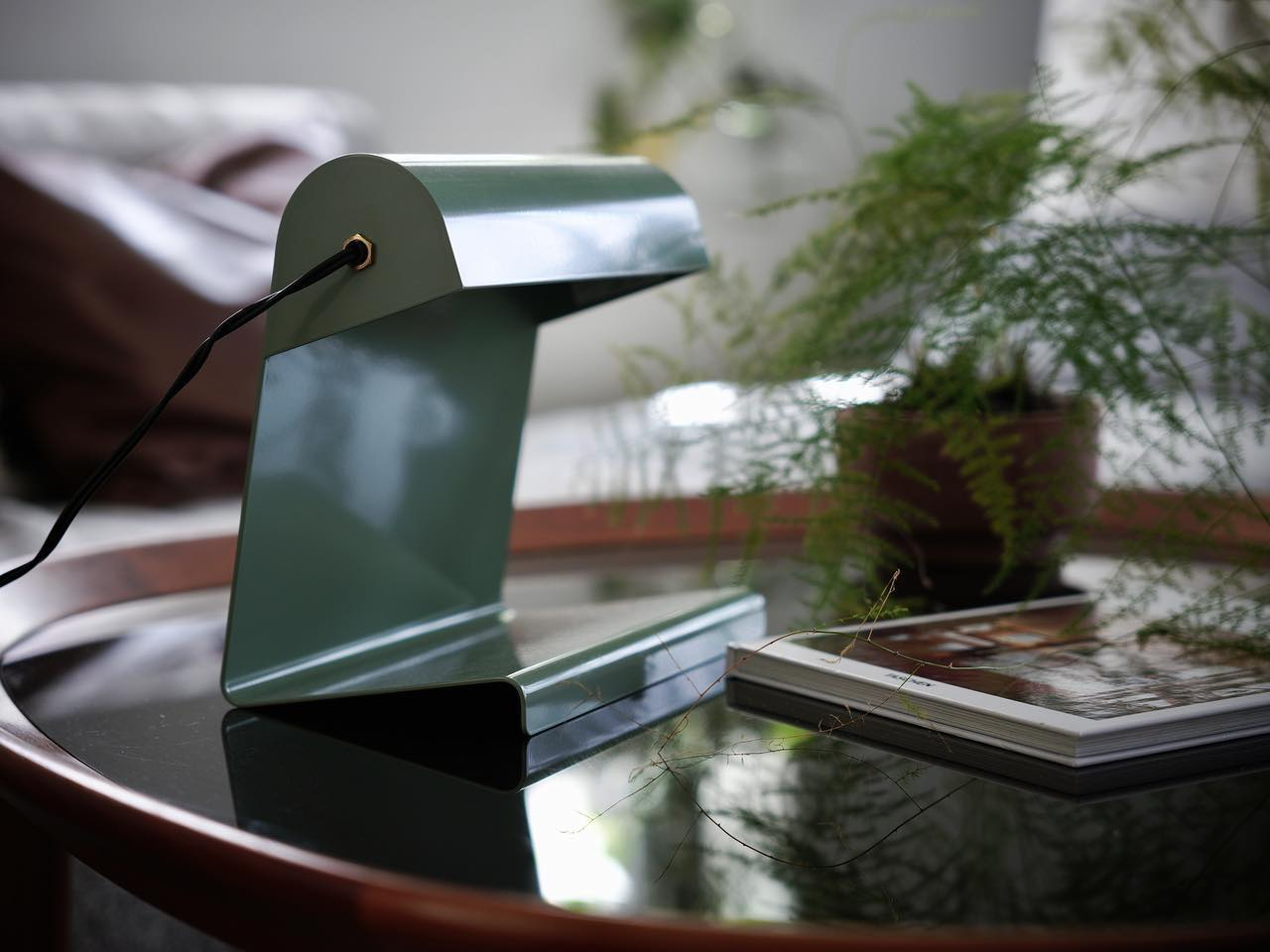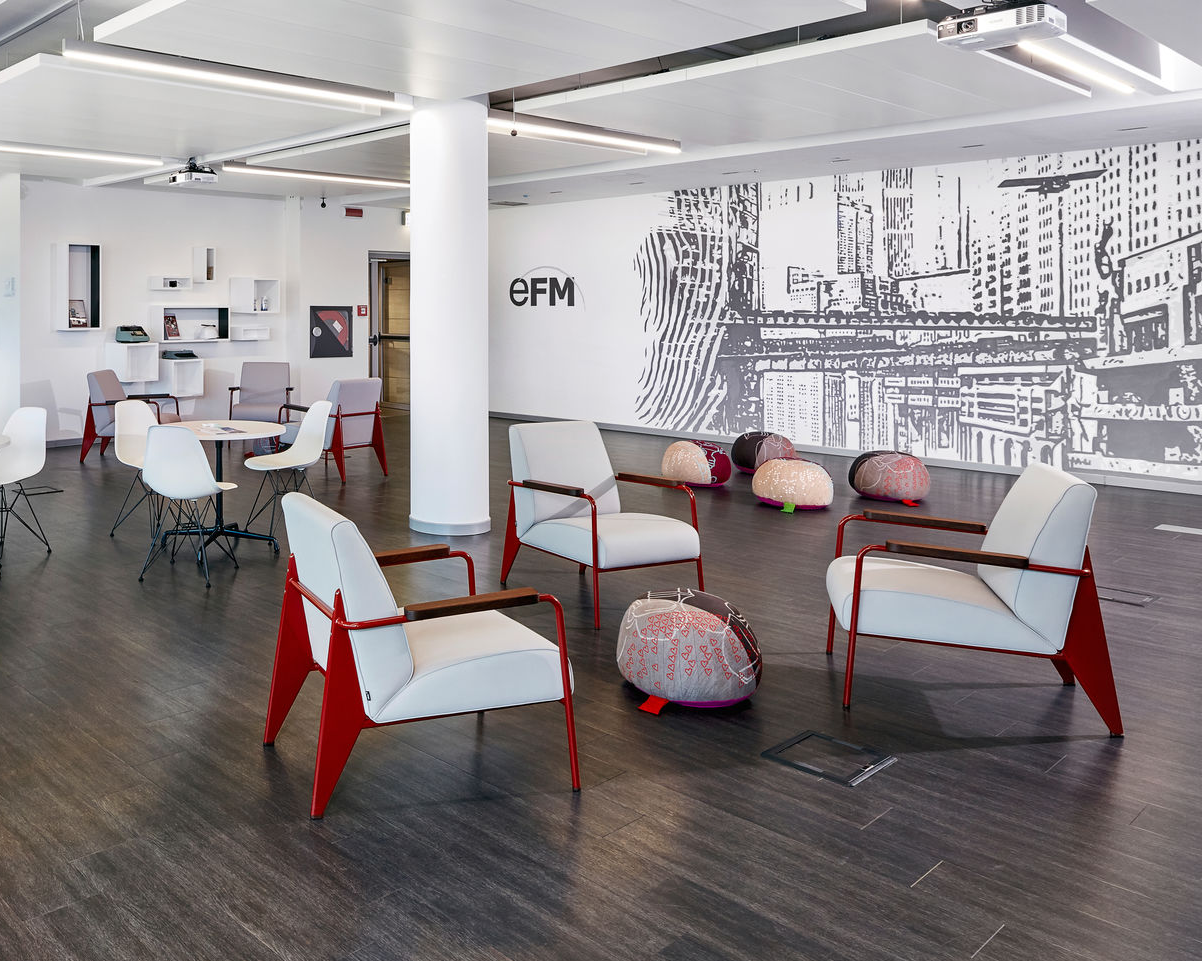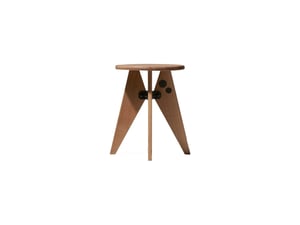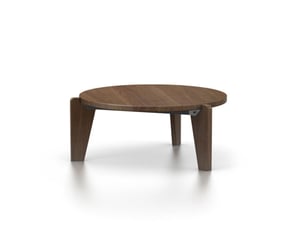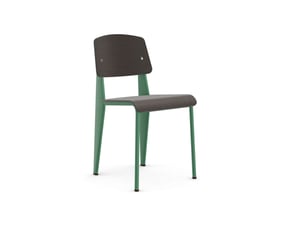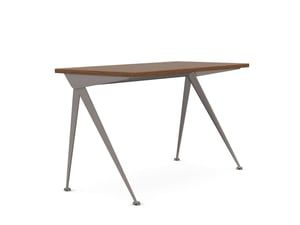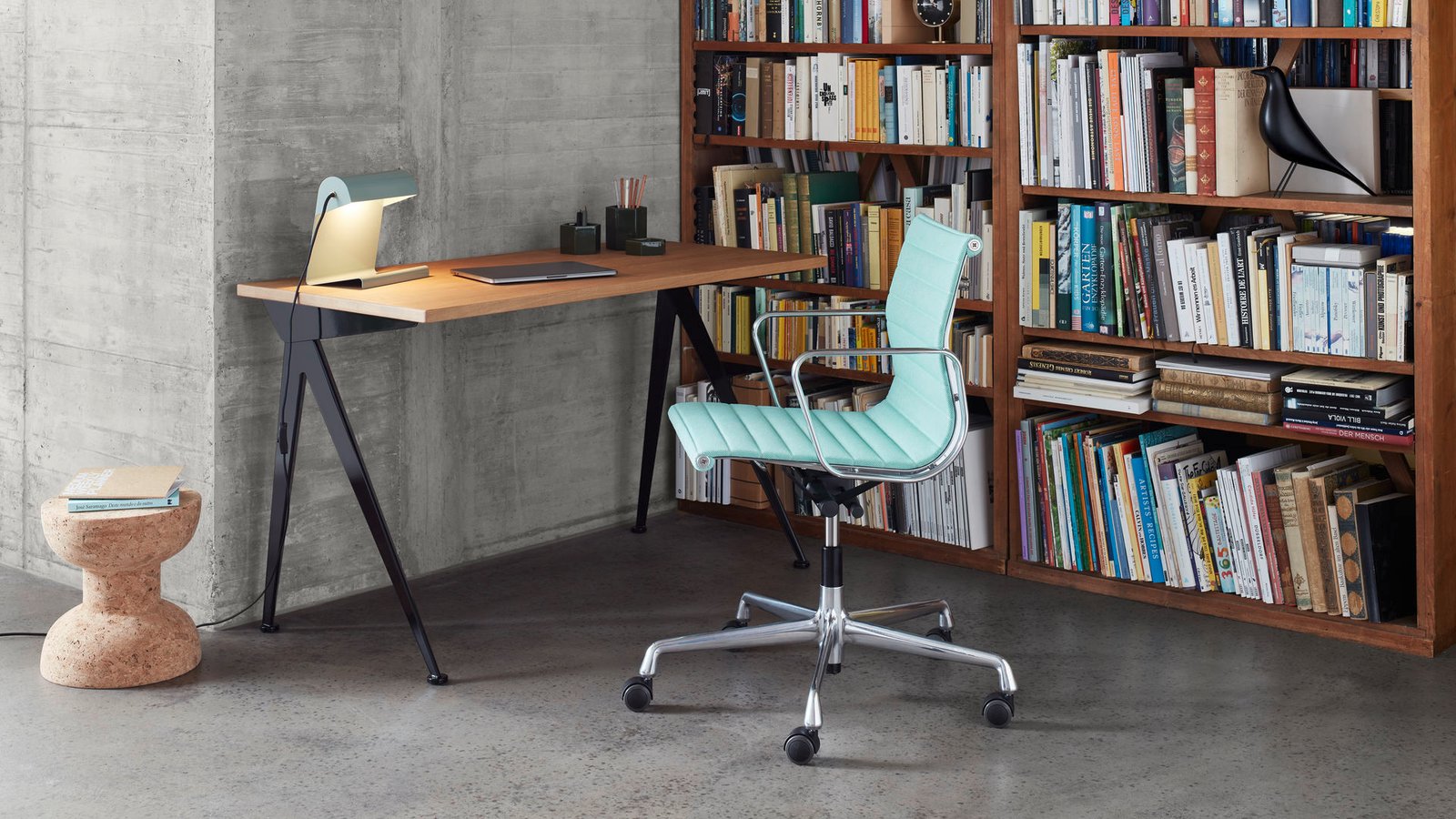The Jean Prouvé collection for Vitra comes alive again
"With a whole lifes work, he was able to achieve a significant place in the history of architecture." Jean Prouvé shared his building projects with the greatest modern architects of the twentieth century, going down in history for his prefabricated buildings.
As a design engineer, as he called himself, and with Vitra, everything was born from a chair, the Standard, where colour is undoubtedly one of the protagonists to be exploited and "to infuse a different aura to its design furniture" . Subsequently in the last twenty years, the close synergy between Vitra and the Prouvé family has given rise to the re-edition of several projects by the French constructeur. Now 2022 is the year of the revival of new colours and the most iconic models. Here they are.
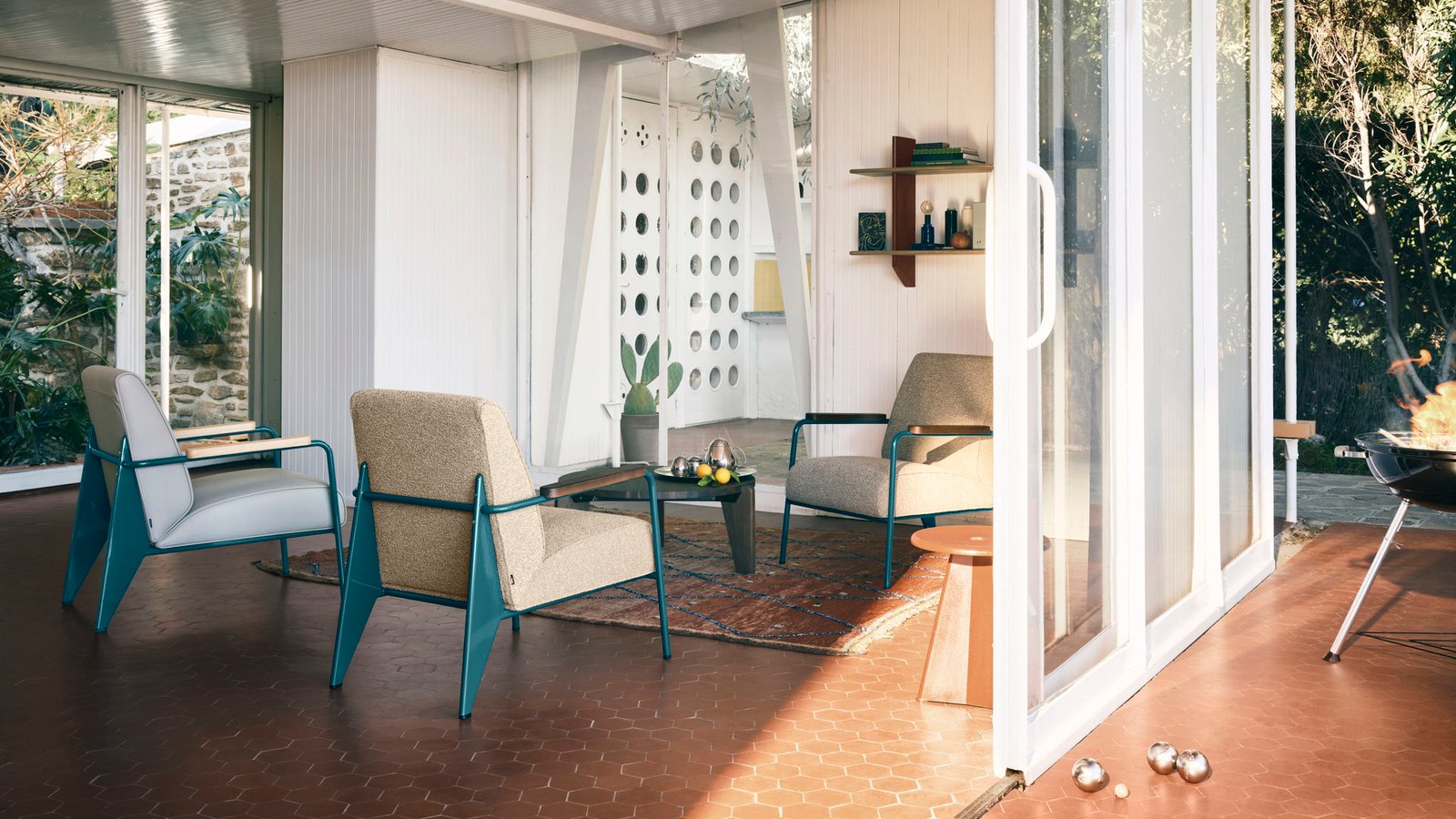
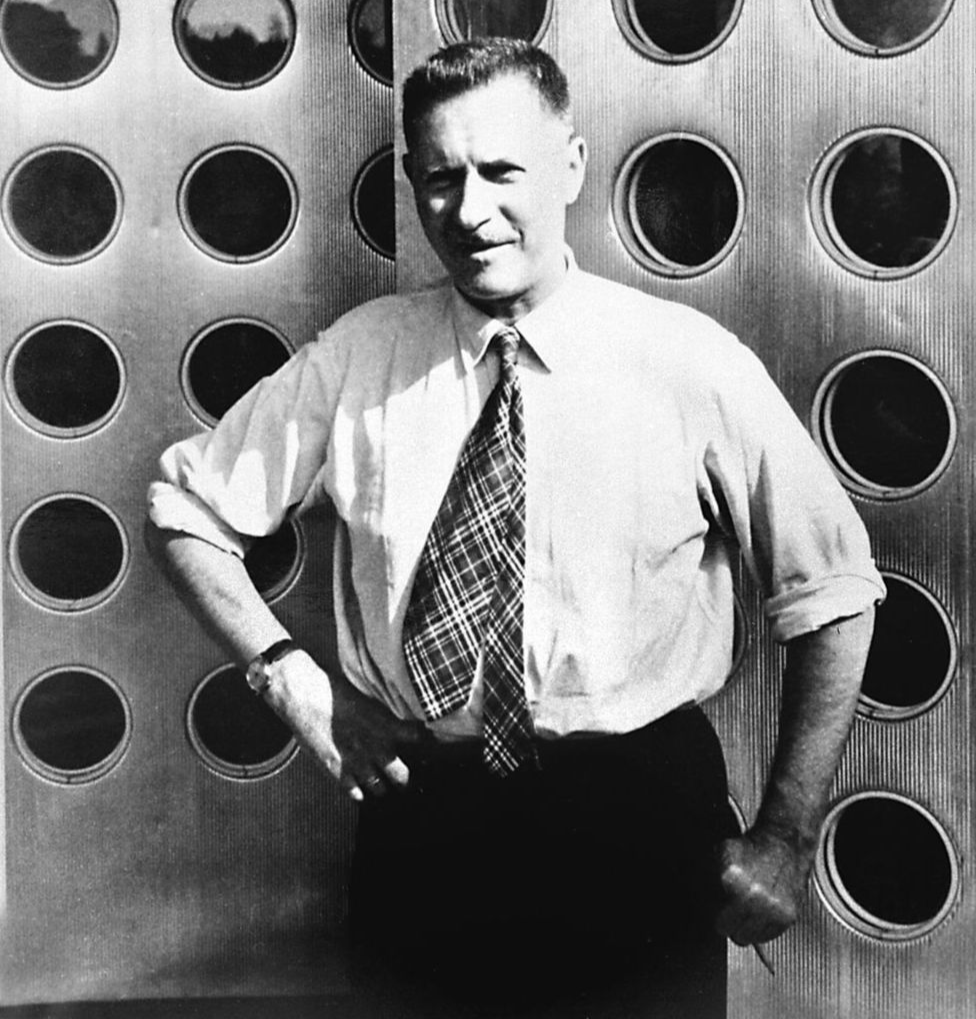
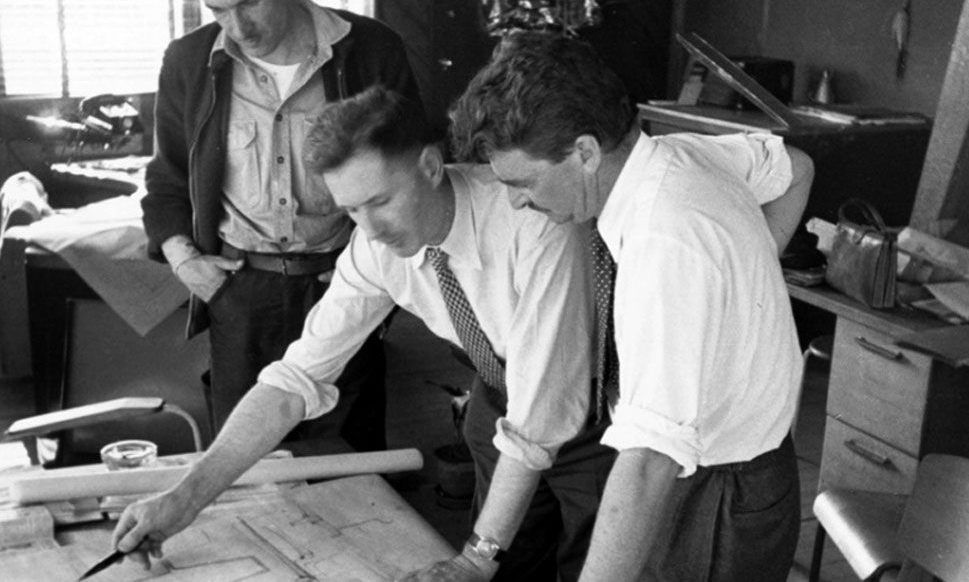
Jean Prouvé was born in Paris in 1901, at the beginning of a century in which he managed to establish himself as a craftsman, designer, engineer, architect and builder. The first projects created for Vitra and destined to go down in history, as well as his first prefabricated architectural elements, date back to the 1930s. It was these elements, especially after the Second World War, which responded to the most urgent needs of housing, offering functional and low-cost solutions. His was a "structural aesthetic", with which he moved from the creation of very simple objects and accessories to lamps and furniture, to "modular building systems. Basically, anything that could be designed and manufactured through production ”.
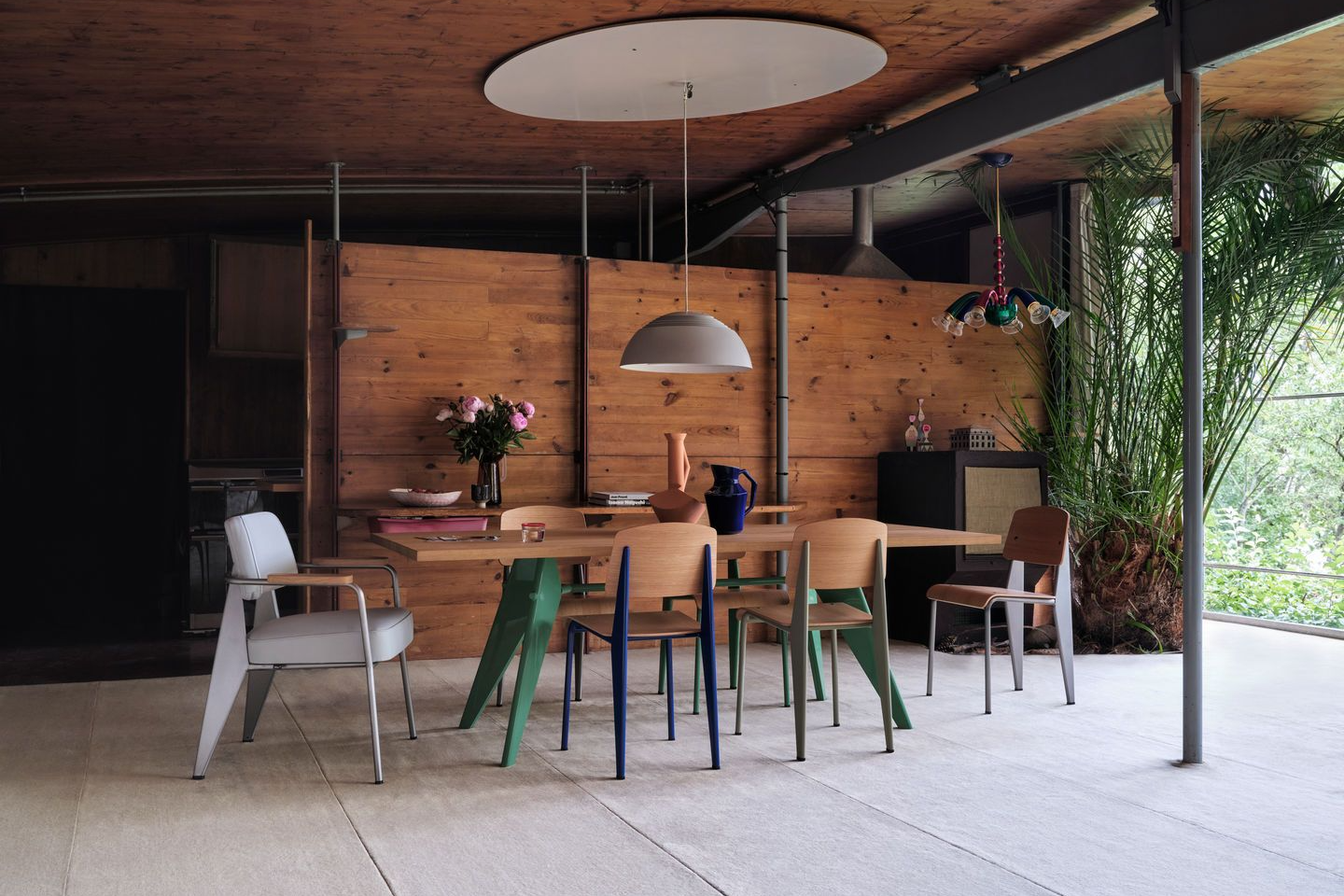
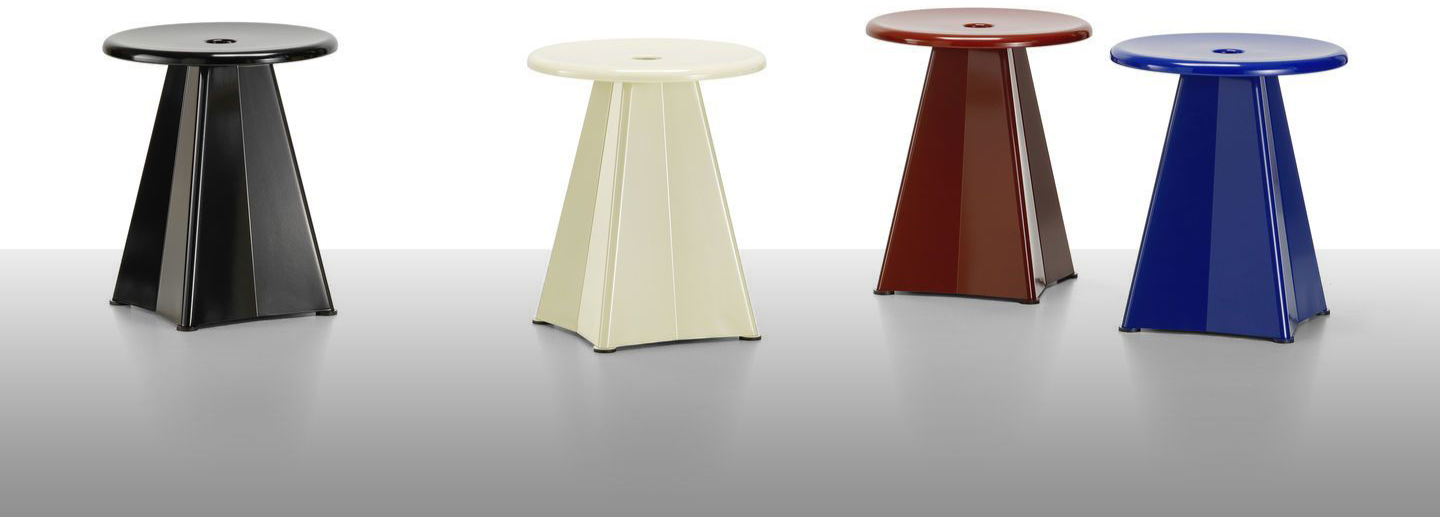
The first edition of Tabouret Métallique dates back to 1936. It is a practical stool, but it can also be used as a side table. The trapezoidal base recalls another great piece of furniture by Prouvé for Vitra, namely the subsequent Trapèze table. In addition to the original colours - Japanese red, Intense black, Blanc Colombe - Bleu Marcoule is added for the autumn of 2022.
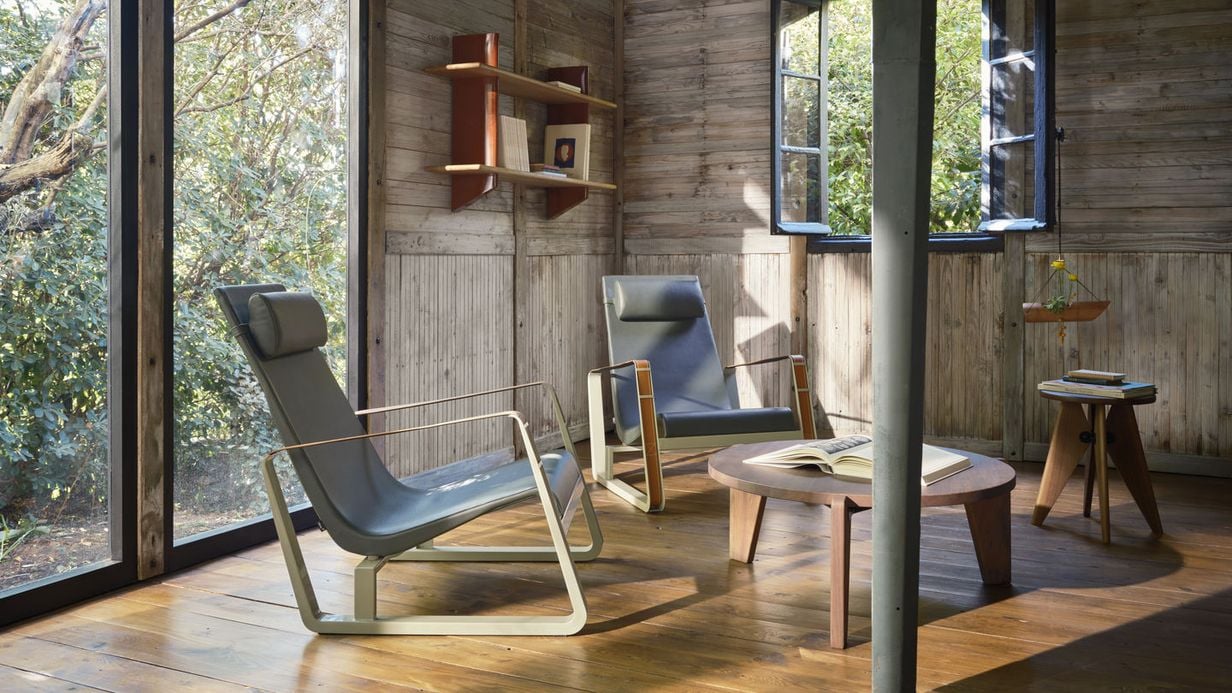
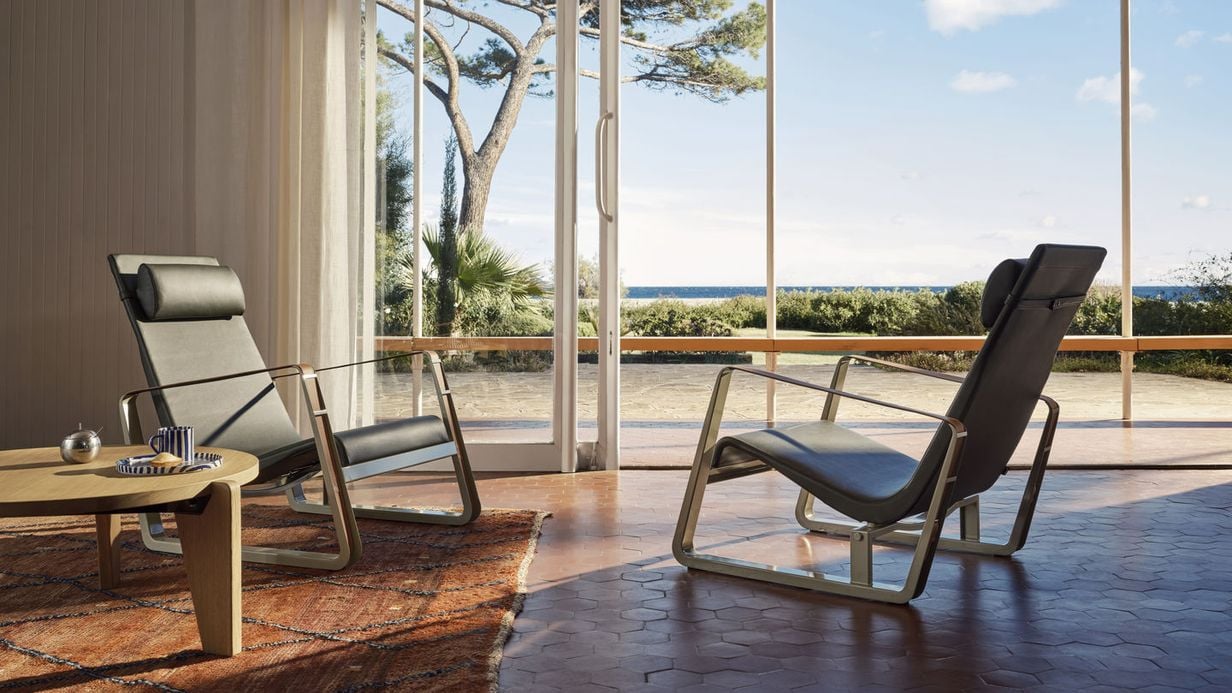
The Cité armchair also dates back to 1936, and is therefore one of the first masterpieces of the design engineer. He designed it for the halls of the student residence of the Cité Universitaire of Nancy, the city of which he was elected mayor after the Second World War. Then, it also ended up in the living room of the Prouvé house. It stands out for the comfort of the large seat and for the leather straps that act as armrests.
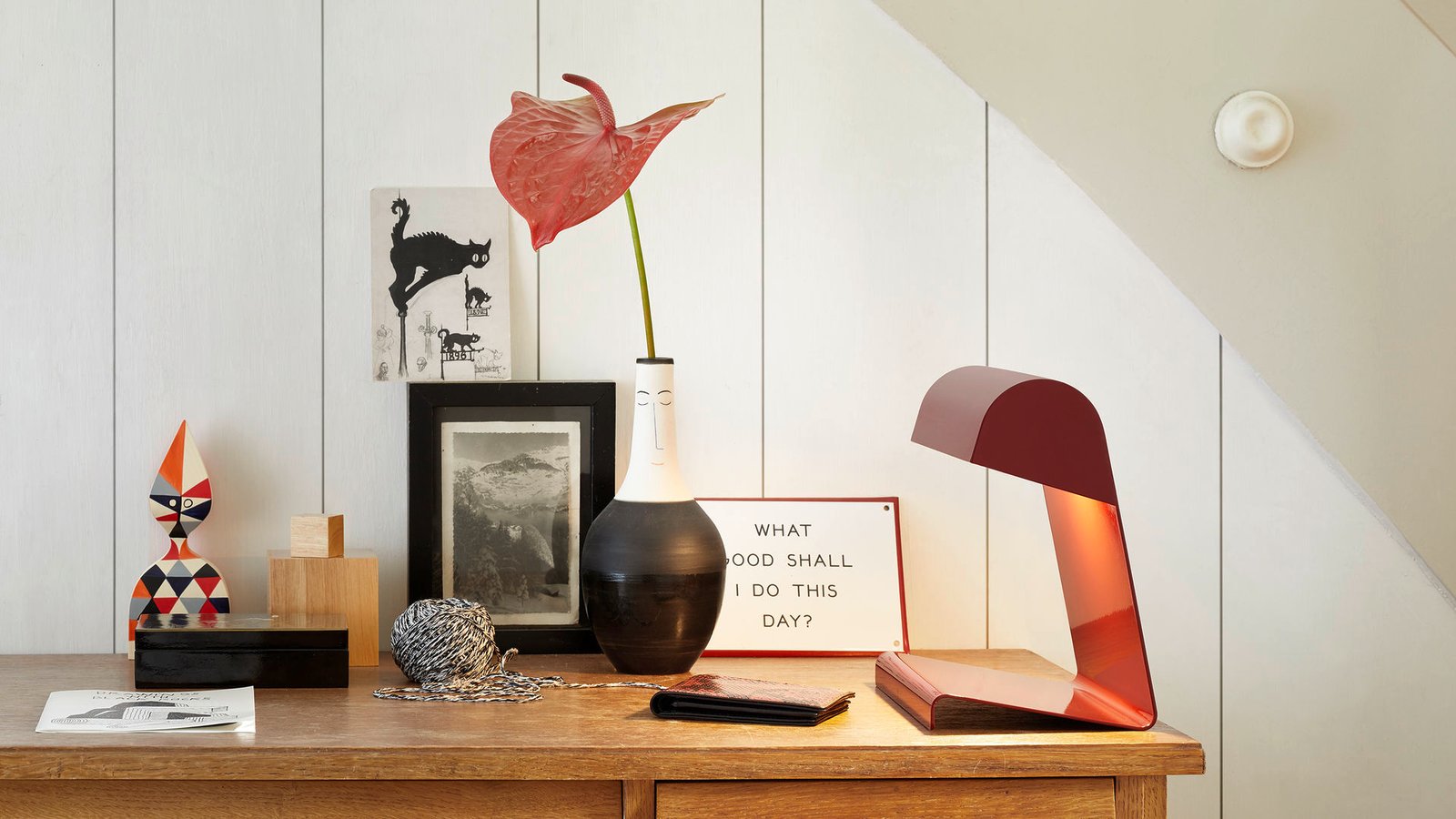
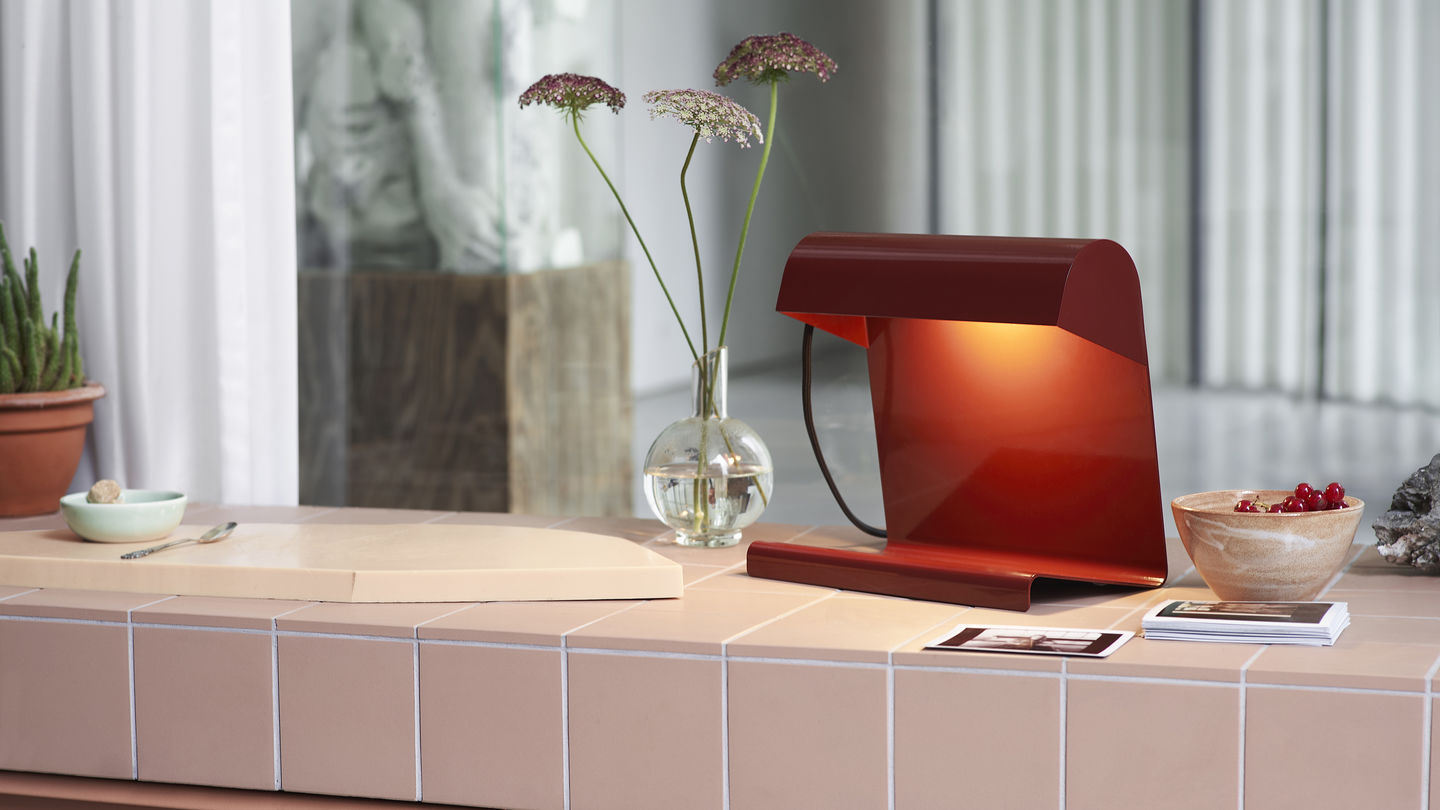
Lampe de Bureau, together with Cité, completed the furnishing of the student houses of the Cité Universitaire in Nancy. It is a discreet but very original desk lamp in sheet steelt, to which a new colour, mint, has recently been added compared to the first edition of the Thirties.
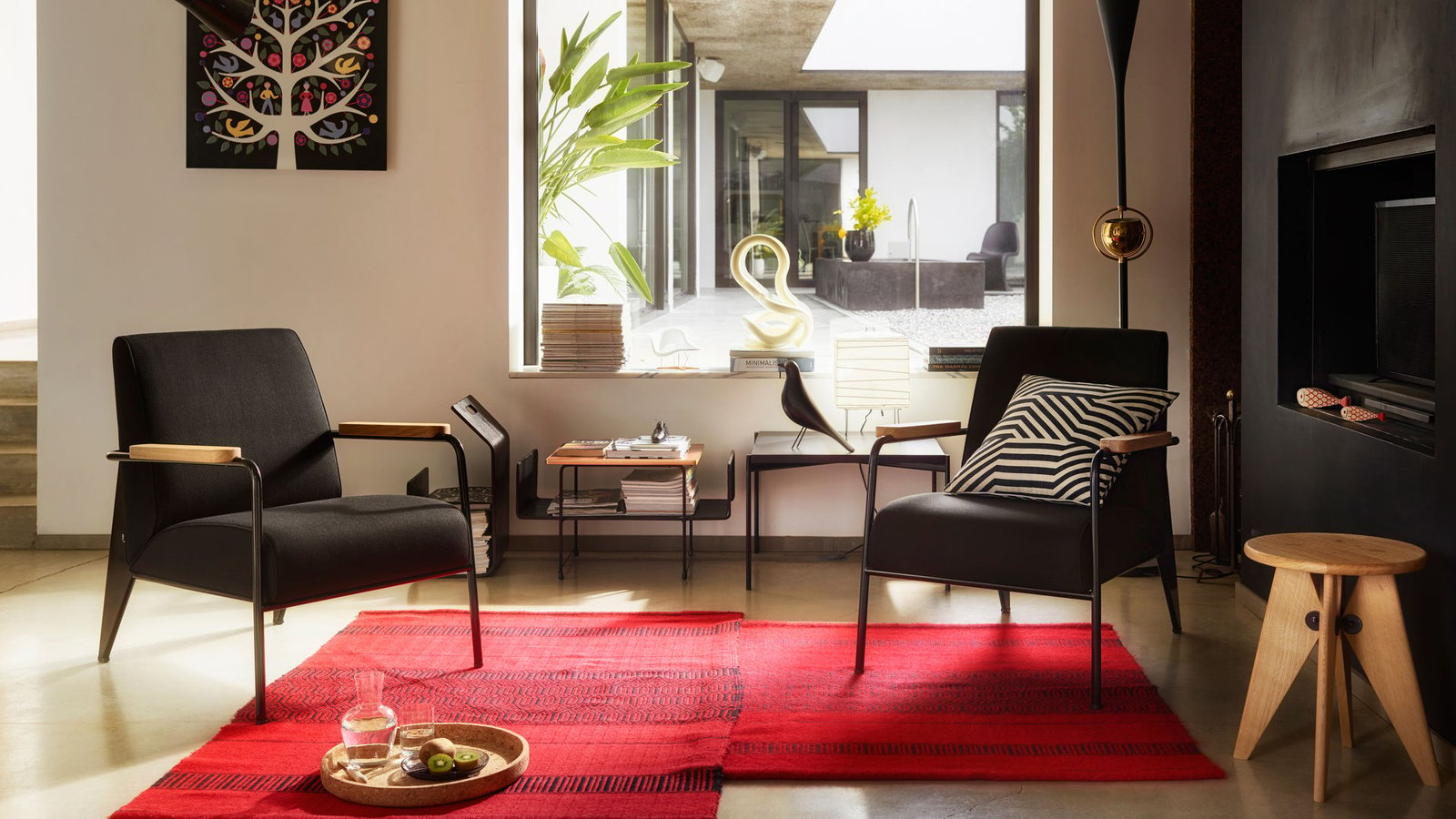
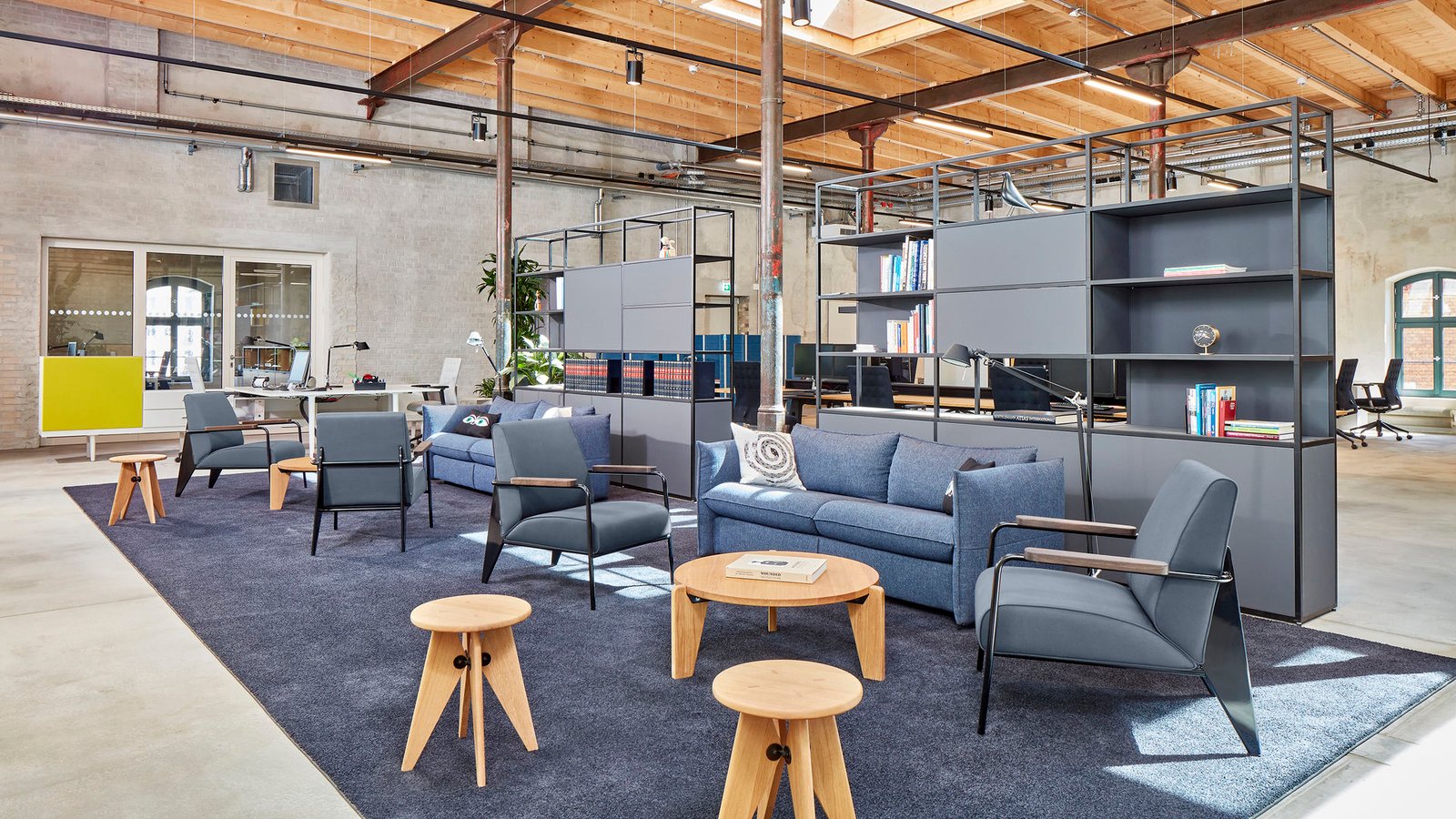
With its sober character, it is perfect in contract environments and in modern and elegant offices. However with great naturalness it also manages to fit into the living areas of the most welcoming homes thanks to the generous padding and the armrests in solid wood with an oil finish. The Fauteuil de Salon armchair highlights one of the distinctive features of Jean Prouvé's design, namely its structural aesthetic.
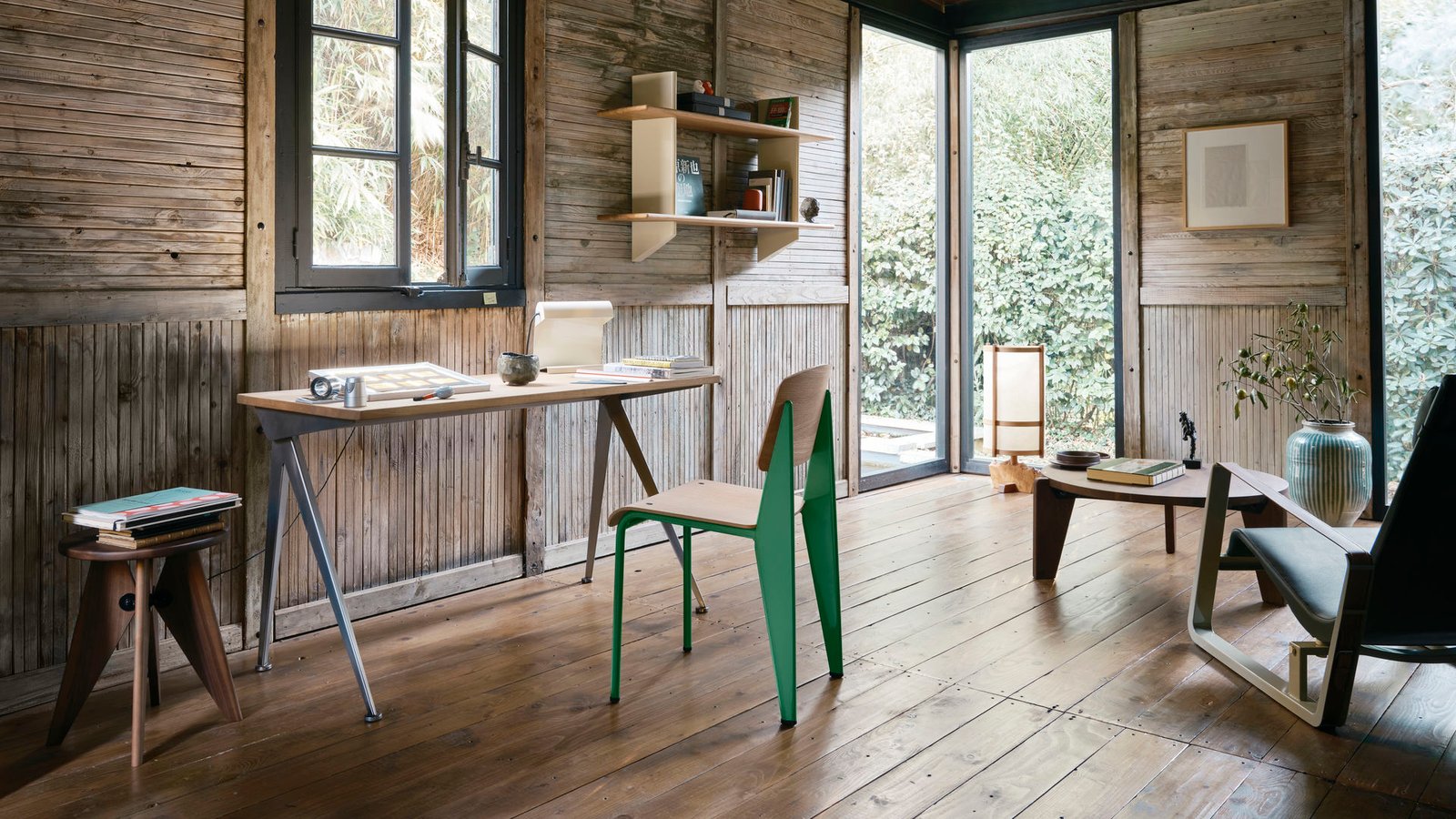
Compas Direction catapults us directly into 1953. Jean Prouvé gave it the name of an essential tool in every drawing or planning phase: “le compas”, the compass. It is in fact taken from the slender metal legs of the desk, "elegantly spread". which demonstrates how important engineering principles are in the structural approach of the French designer. Once again, the combination of the steel structure and the oiled solid wood top creates fascinating contrasts.
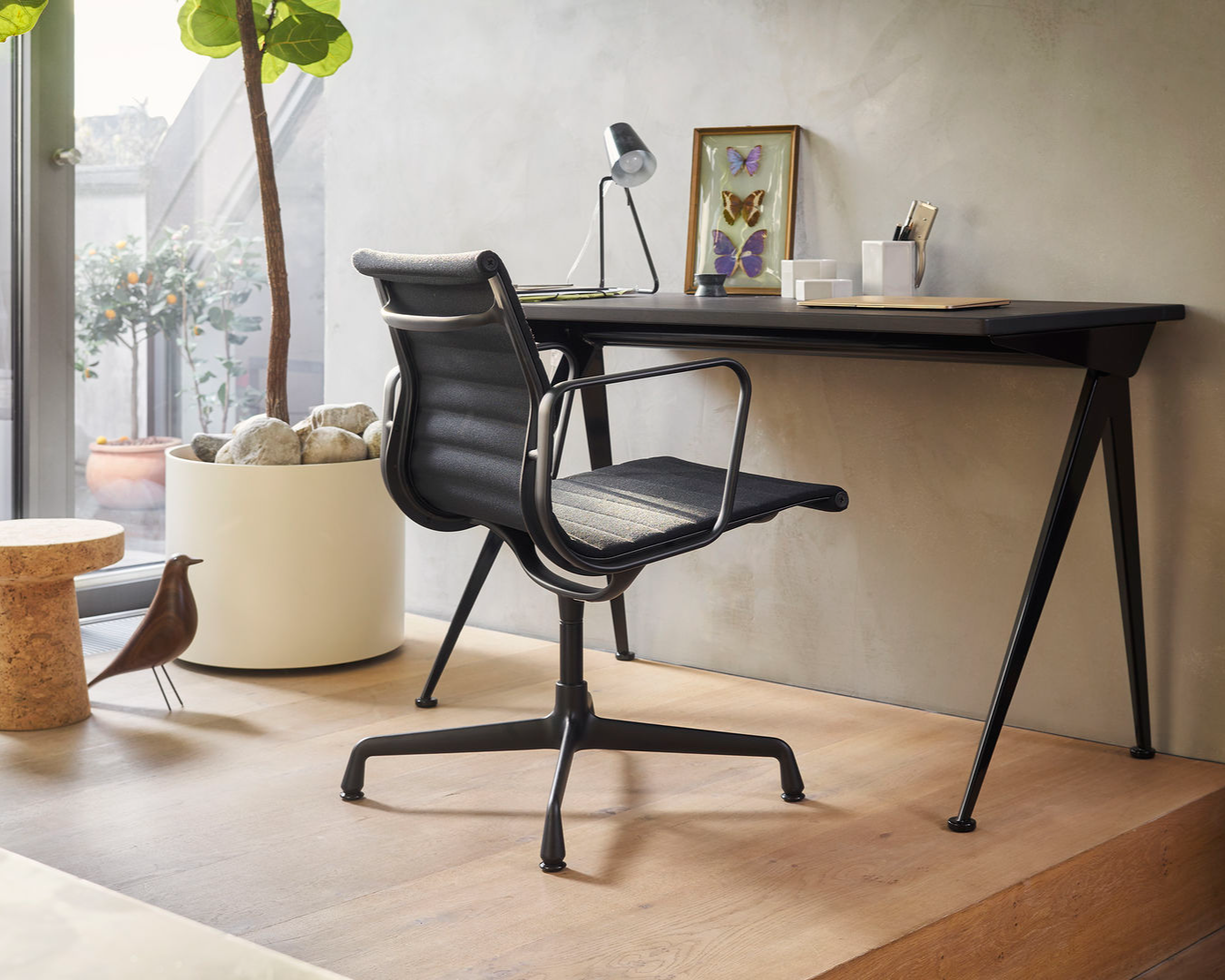
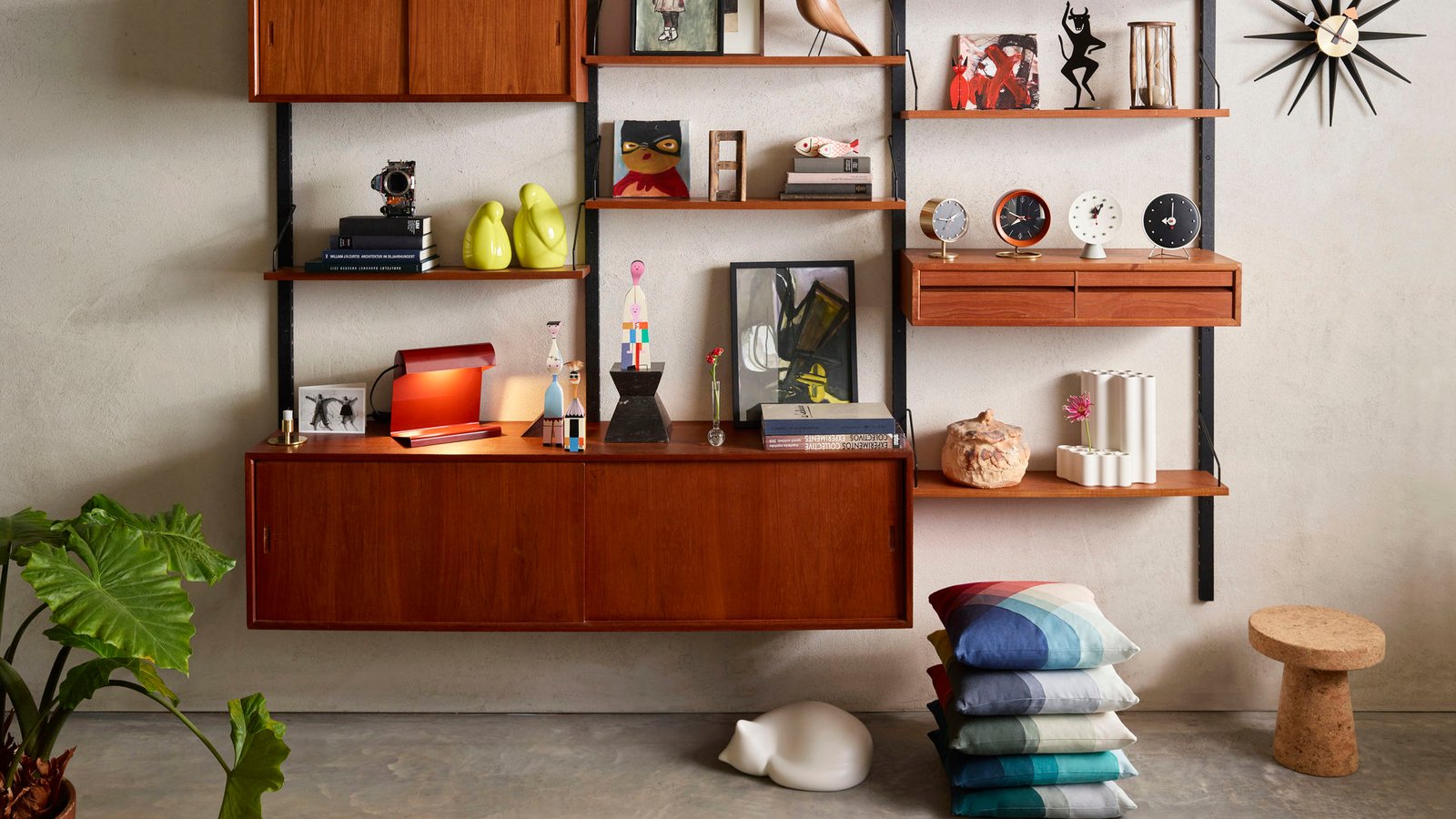
We turn your inspiration into a project
We help you shape your home, collecting the best inspirations for you and editing design selections that fit your space and needs.
